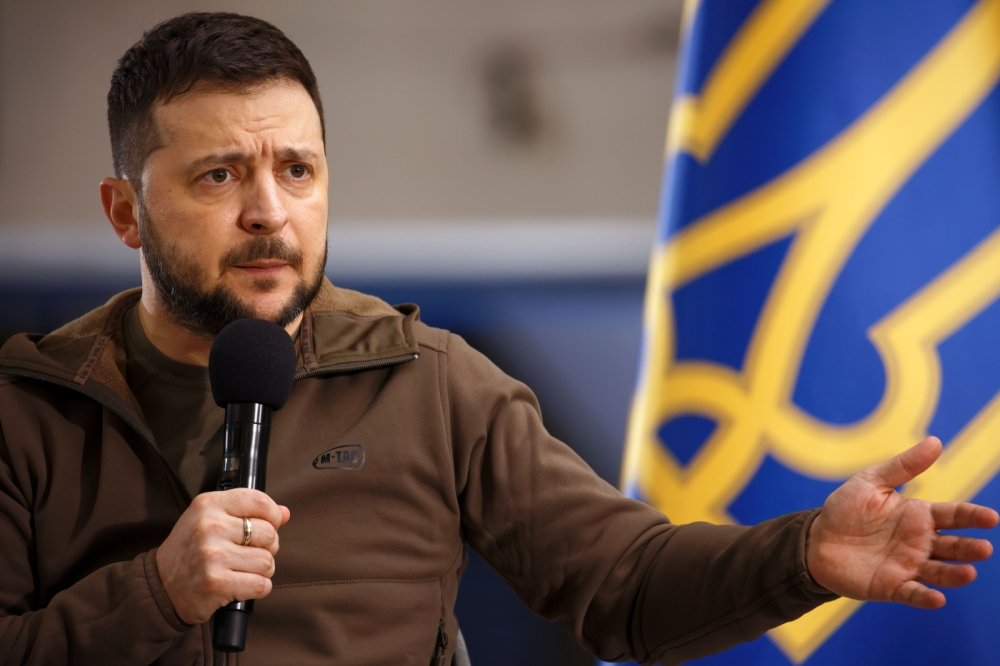US Secretary of State, Antony Blinken, has concluded his diplomatic tour of the Middle East with minimal progress on securing a sustained humanitarian pause and addressing the ongoing crisis in the region. Despite his best efforts and numerous meetings with key stakeholders, the situation remains complex and unresolved.
Blinken’s Struggles to Secure a Humanitarian Pause
During his four-day visit to the Middle East, which started in Jerusalem, Secretary Blinken encountered difficulties persuading the Israeli Prime Minister, Benjamin Netanyahu, to adopt a humanitarian pause in the ongoing hostilities. Talks on hostages reached an impasse, primarily due to differences over the sequencing and duration of the pause necessary for their release. Despite Blinken’s requests, Israel imposed another temporary communication blackout in Gaza, exacerbating the situation.
Blinken, however, remained cautiously optimistic, acknowledging the deep concerns about civilian casualties in Gaza and pledging to work relentlessly to minimize harm. He stated, “We’ve engaged the Israelis on steps that they can take to minimize civilian casualties. We’re working very aggressively on getting more humanitarian assistance into Gaza.” Despite this optimism, the situation on the ground remained precarious.
Decline in Aid Trucks Entering Gaza Adds to Challenges
A troubling development during Blinken’s visit was the sharp decline in the number of aid trucks crossing the Egyptian border into Gaza at the Rafah crossing. The number fell from 100 on Friday to around 30 in the following days. The US attributed this decline to Hamas, the group governing Gaza, asserting that they were trying to reserve a significant portion of the aid for their injured fighters. This hindered efforts to provide essential aid to the civilian population in need.
Despite some signs of progress, such as the reopening of the border crossing to allow six ambulances out of Gaza, Blinken’s mission was far from achieving the desired outcomes.
Erosion of US Diplomatic Standing in the Middle East
Perhaps the most concerning aspect of Blinken’s Middle East tour was the gradual erosion of the United States’ diplomatic standing in the region. While traditionally allied Middle Eastern nations expected the US to exert pressure on Israel to establish a ceasefire, some diplomats believe that the US either sees the removal of Hamas as a viable goal at an acceptable cost or prioritizes unity with Israel over saving civilian lives in Gaza.
Turkey’s decision to withdraw its ambassador from Israel, following repeated attacks on a Turkish-built cancer hospital in Gaza, underscored the growing tension in the region. Turkish President Recep Tayyip Erdoğan publicly stated, “Netanyahu is no longer someone we can talk to. We have written him off.” This withdrawal signaled a shift in regional alliances.
The US also faced a challenge in the form of increasing cooperation between Iran and Arab states. Tehran announced joint efforts with Saudi Arabia to convene an Organisation of Islamic Cooperation conference in Riyadh, indicating a potential realignment of diplomatic forces in the Middle East. Iran intensified its diplomatic efforts, urging other nations to support the Palestinian cause.
In conclusion, Antony Blinken’s tour of the Middle East concluded without substantial progress on addressing the crisis, securing a humanitarian pause, or resolving the issue of hostages. The situation remains highly complex, with the erosion of US diplomatic standing in the region and changing alliances adding to the challenges.
















